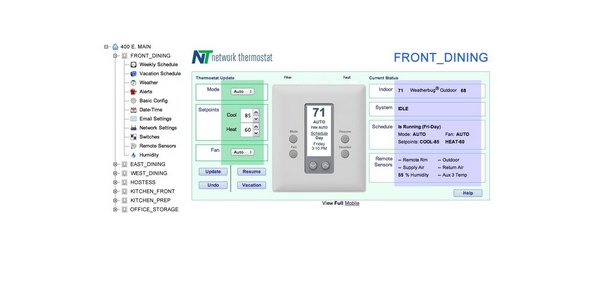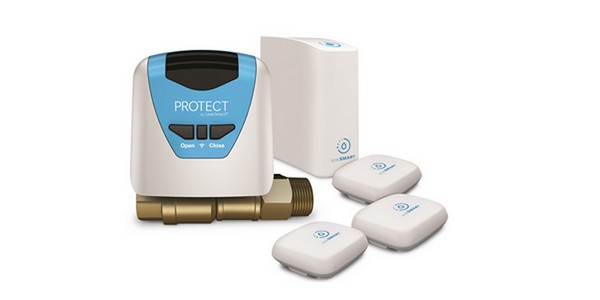DiversiTech Acquires Stride Tool LLC
ATLANTA, Ga. – DiversiTech Corp. has acquired Stride Tool LLC.
Based in Glenwillow, Ohio, Stride Tool is a global OEM manufacturer of quality American-made specialty hand tools. The company’s flagship brand, Imperial, was established in 1905. Other notable brands include Milbar, a brand of wire twister tools and kits; Lakeland Products, a brand for tube fabricating equipment and Bright Solutions International, a supplier of leak-detection products and specialty hand tools. Stride Tool maintains a manufacturing facility in Solon, Ohio, and manufactures a variety of other products for tube working, automotive, electrical and industrial applications. The company also holds a strong patent history, with more than 60 total patents.
The acquisition enables DiversiTech to expand its HVAC/R tool product offering and increases the company’s U.S. manufacturing capabilities from five locations to six. The company already offers a broad portfolio of complementary tool products through its hilmor line, which was acquired in 2018. New products gained through the acquisition include tube working tools, HVAC/R manifolds and hoses, wire strippers and other related products.
For more info, visit www.diversitech.com or www.stridetool.com. Or visit DiversiTech at AHR Expo Booth #B817.



